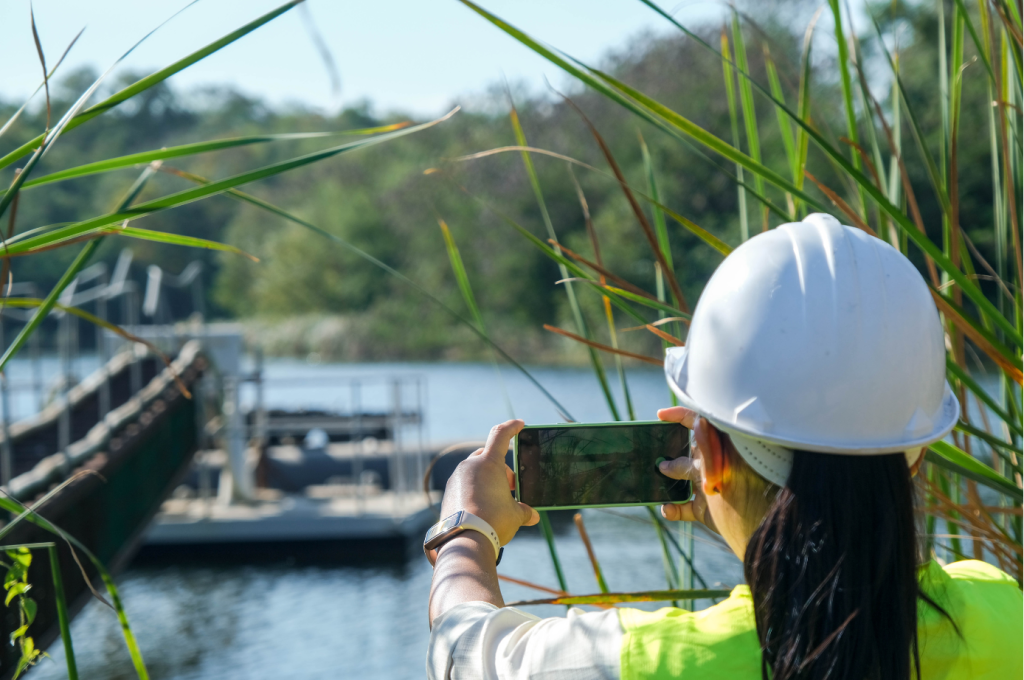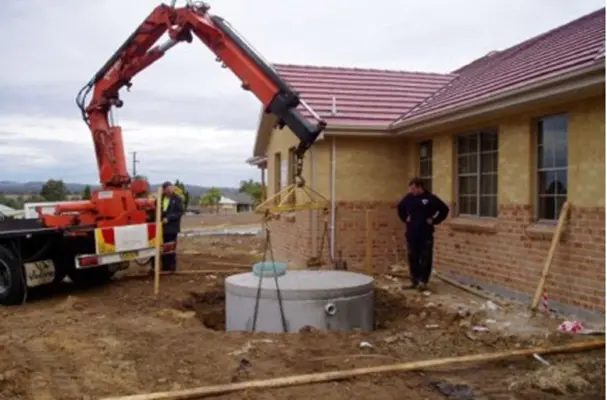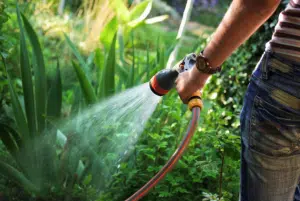Understanding Recycled Water Classifications in Australia

In Australia, recycled water plays a significant role in sustainable water management practices, offering an alternative source for non-potable uses such as irrigation, industrial processes, and environmental enhancement. The classification of recycled water is crucial as it determines its suitability for different purposes and ensures public health and environmental safety. This blog explores the various classifications of recycled water in Australia, along with relevant laws and considerations that affect consumers.
Beyond the Tank: Unleashing the Potential of Treated Septic Water in Australia

Australia’s commitment to sustainability has birthed a new era in wastewater management, where treated septic water transforms from being a mere byproduct to a valuable resource. In this exploration, we’ll journey beyond the tank, uncovering the untapped potential of treated septic water and exploring its versatile applications, especially in the context of regional Australia. Join us as we delve into the creative uses, environmental benefits, and business opportunities that arise when we reevaluate the role of treated septic water.
Beyond the Tank: Unlocking the Potential of Treated Septic Water in Australia

We delve into the versatility of treated septic water, shining a spotlight on innovative uses such as irrigation and landscaping. Join us as we uncover the environmental benefits and business opportunities




